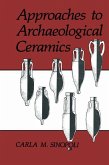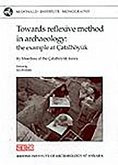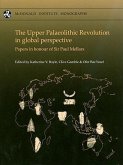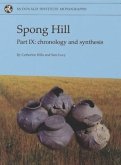Does it make sense to understand the prehistory, history and present-day patterns of life in Southeast Asia in terms of a distinction between two ways of life: farming and foraging? This is the central question addressed by the anthropologists and archaeologists contributing to this volume. Inherent within the question Why Cultivate? are people's relationships with the physical world: are they primarily to do with subsistence and economics or with social and/or cultural forces? The answers given by the contributors are complex. On a practical level they argue that there is a continuum rather than a sharp break between different levels of management of the environment, but rice-growing usually represents a profound break in people's relations to their cultural and symbolic landscapes. An associated point made by the archaeologists is that the deep histories of foraging-farming lifeways that are emerging in this region sit uncomfortably with the theory that foraging was replaced by farming in the mid Holocene as a result of a migration of Austronesian-speaking Neolithic farmers from southern China and Taiwan.








![Excavating Çatalhöyuk: South, North and Kopal Area Reports from the 1995-99 Seasons [With CDROM] Excavating Çatalhöyuk: South, North and Kopal Area Reports from the 1995-99 Seasons [With CDROM]](https://bilder.buecher.de/produkte/21/21348/21348473m.jpg)